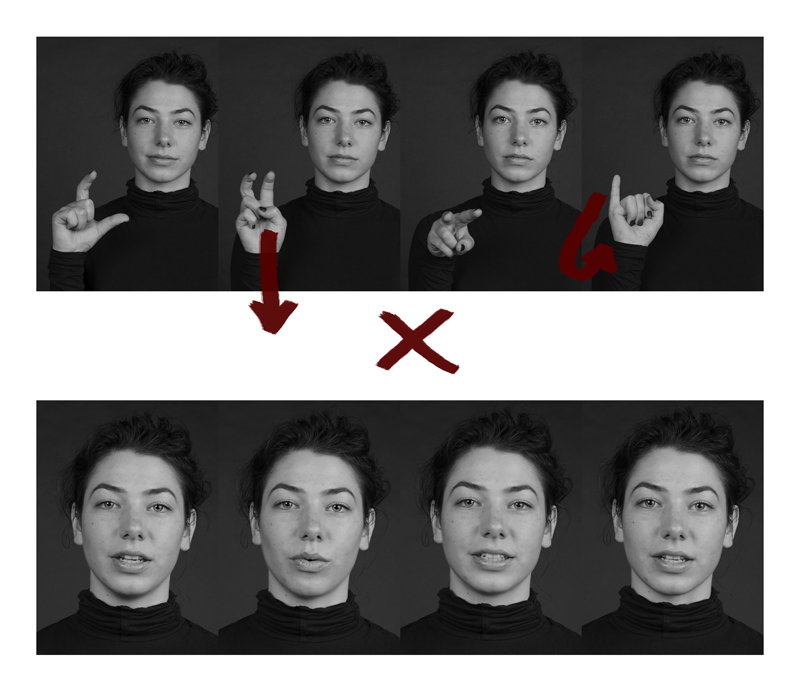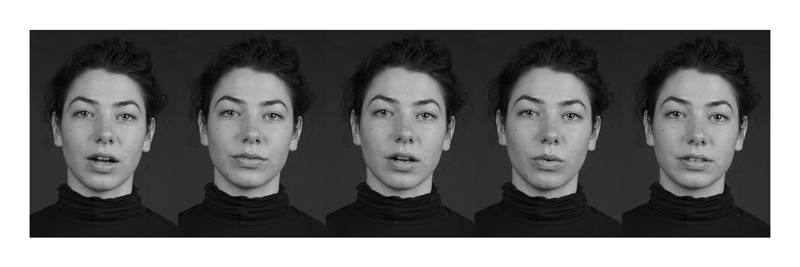Kamil Baś: Icons of the Polish Language | Krakow, Poland
TOPIC: TRANSLATIONS

"Icons of the Polish language" is a photography-based project that focuses on one particular aspect of everyday communication: the extensive usage, and even abuse, of curse words. This phenomenon in Poland has reached the point where it is possible to express almost every emotion or idea with the appropriate form of such words, which are numerous in our language. Not only has this habit become more and more common in mainstream culture, but it has spread among the so-called élites as well.
In 2011, a study titled "Słownik polszczyzny rzeczywistej (siłą rzeczy fragment)" [which can be translated in English to Real English Dictionary (Inevitably a fragment) "] was published on this topic by a collaboration between several linguists from two universities. The most peculiar outcome of their research was that in order to take an active part in a ‘conversation’ in Polish, only four vulgar words (and their forms) are needed. All of them have sexual meanings, or refer in particular to one part of the male body, but they can be used in almost every context. Since my main fields of interest are the relationships between words and images, nonverbal communication, and different ways of understanding a spoken language, this study was highly inspirational to me. I felt compelled to offer an answer to it. With a help of a friend, who became my model, I did two photo sessions in a studio.

The first set of photographs attempts to catch a decisive moment in the facial and body expressions of a cursing person. I called these portraits "Four magic words" in reference to the popular three "magic words" (please, thank you, and sorry).
"Icons of the Polish language" is the second group. It contains photographs portraying a person's emotionless face while he or she is pronouncing certain vowels and consonants, or showing them in Polish Sign Language. These portraits also bear a resemblance to religious iconography in art history. The subject is the same as in the "Four magic words" photographs, but the approach is very different.

Finally, I confronted four series of hand signs with images of a 'speaking face,' but in an inverted order. It is possible to observe such combinations during conversations among different groups of people with and without hearing problems.
Based on the results of the project, it is clear that it is incomparably easier to understand a message when you know the meaning of the hand signs. However, for the overall effect of communication, the best option is to receive all of the elements of a message. Lacking even one of them (sound for example), makes the message barely understandable to the majority of its receivers.
In regards to the theme of ‘Translations,' I came to the conclusion that every attempt to modify or exclude even the smallest part of a message affects it more than we are inclined to think - to the point of changing its entire meaning. That is why translating can be so problematic, and why it is sometimes better not to attempt do it at all.